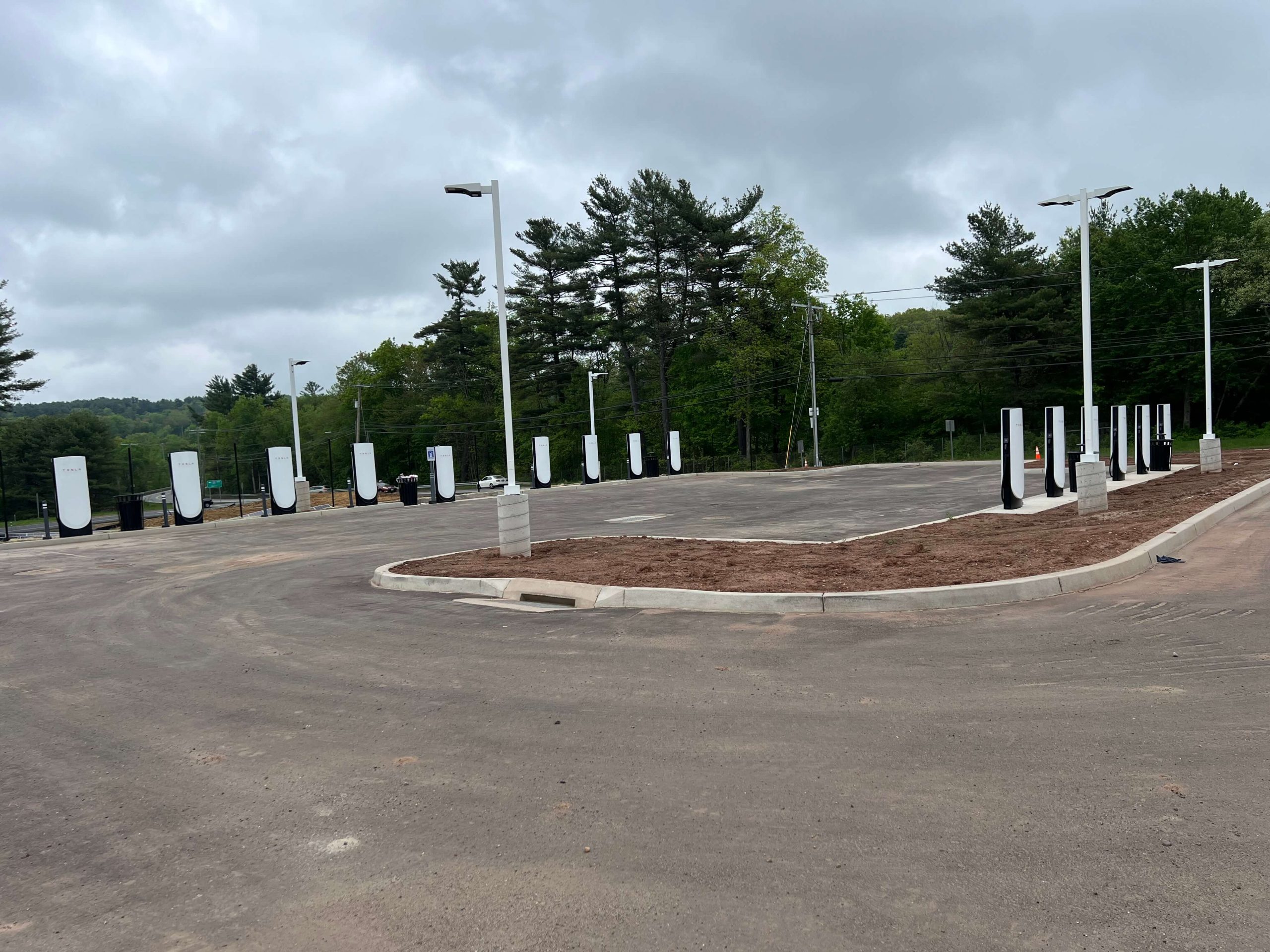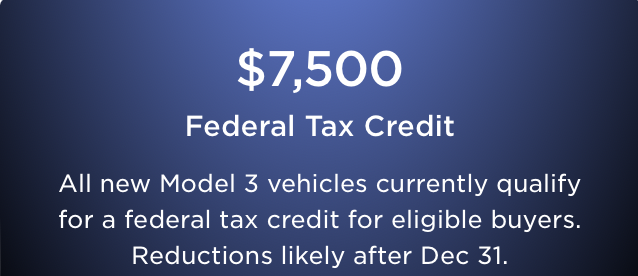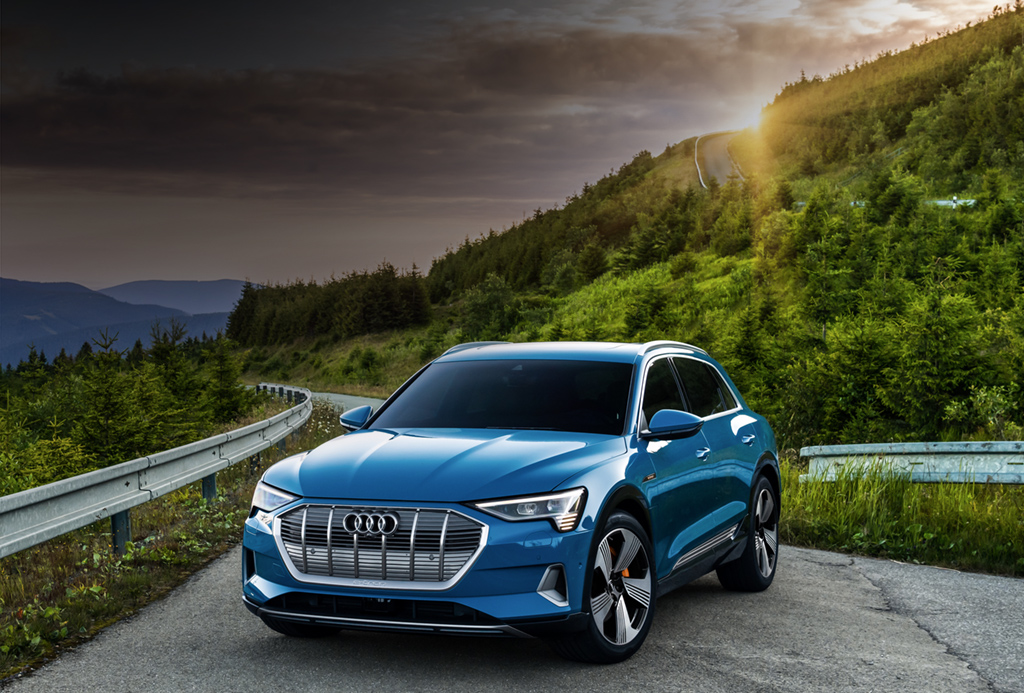State’s First Residential Vehicle to Grid Pilot Enables EV Owners to Get Paid to Support the Grid
Post by Barry Kresch EVs And The Grid Are Friends And soon they’ll even be dating. One of the (many) common EV myths is that EVs will crash the grid. In reality, an under-appreciated aspect … Read more





